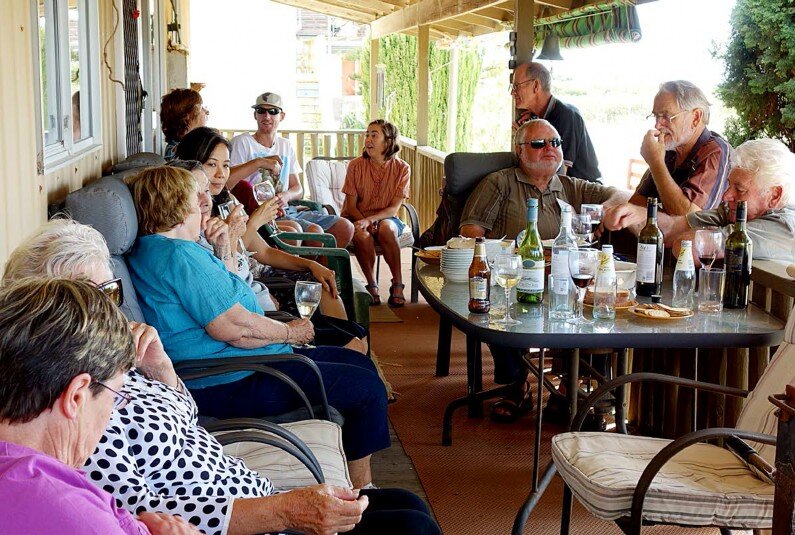Future Recall
Dates: 2013-15
Presented by Spaced with the Western Australian Museum
Future Recall was based on a strategic partnership with the Western Australian Museum. This partnership allowed each commissioned project to grow from collaboration between visiting international and national artists, local residents, community groups and additionally the museum collection and staff, including their curators, researchers, educators and exhibition designers. The objective of this partnership is in line with the curatorial rationale of Future Recall, which will look to consider the idea of collective memory as the source of competing narratives through which we create new visions of our communal present and future.
Future Recall artists, with support from museum staff, looked to reinterpret aspects of local heritage through the creation of new works that reflect the synthesis of community, artistic, historical and scientific perspective.
Catalogue →
Case study: Daniel Peltz, When we dig, things come up (2013-14)
Artist: Daniel Peltz
Work: When we dig, things come up (2013-14)
Location: Tom Price, Western Australia
When we dig, things come up explores the act of mining. It arose from Peltz’ sense that his role as an American artist in residence in a Western Australian town founded on American ambition and greed was something of a re-enactment. In response to this situation, Peltz ‘mined’ a series of narrative fragments from and about Tom Price — the US businessman, the former mountain and the present-day purpose-built mining town and open-pit iron ore mine. ‘I extracted material everywhere I went’, says Peltz, ‘in conversations, workshops, solitary walks, meditations and dreams, applying the same minimum standards used in the mining industry [65 per cent purity] to the narrative fragments I extracted’. The selected fragments were then shipped to a Chinese opera company and a landscape painter, following the same trade routes as the mined iron ore. These skilled artists ‘refined’ the narrative fragments and returned a Beijing opera for public exhibition in the township of Tom Price, and a series of landscape paintings for display in the Western Australian Museum.
Documentary →
Case study: Pia Lanzinger, Geraldton goes Wajarri (2013-14)
Artist: Pia Lanzinger
Work: Geraldton goes Wajarri (2013-14)
Location: Geraldton, Western Australia
Pia Lanzinger’s project focuses on Wajarri, an Aboriginal language that today has less than 50 fluent speakers, despite it once being the most commonly spoken language in Australia’s mid-western region. Lanzinger’s project, Geraldton goes Wajarri, is concerned with the conservation of this language, and takes Wajarri words into the public spaces of the City of Greater Geraldton. During her residency, Lanzinger invited Jambinu (Geraldton) citizens to adopt a Wajarri word and to use it in day-to-day life, effectively to become mentors for the language. Through her adopt-a-word campaign and a series of playful public events, Lanzinger created a reservoir of knowledge, a living archive of the language in the consciousness of Geraldton residents.
Documentary →
Explore all Future Recall art projects:
Explore other Spaced programs:
Know Thy Neighbour #1 (2015-17). Know Thy Neighbour #1 was a pilot series of Perth-based temporary context responsive art projects.
Know Thy Neighbour #2 (2018-19). Moving beyond inner-city Perth, Know Thy Neighbour #2 invited nine West Australian artists to develop and present projects in response to their own neighbourhoods including metropolitan sites in the north, south and east.


















